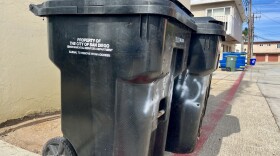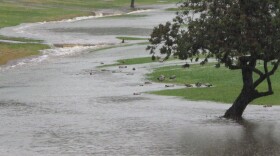It is a place to immerse yourself in nature, a serene wonder, nestled in an urban setting.
It’s in the Loma Portal neighborhood and even though it’s 37 acres, you might never have noticed it.
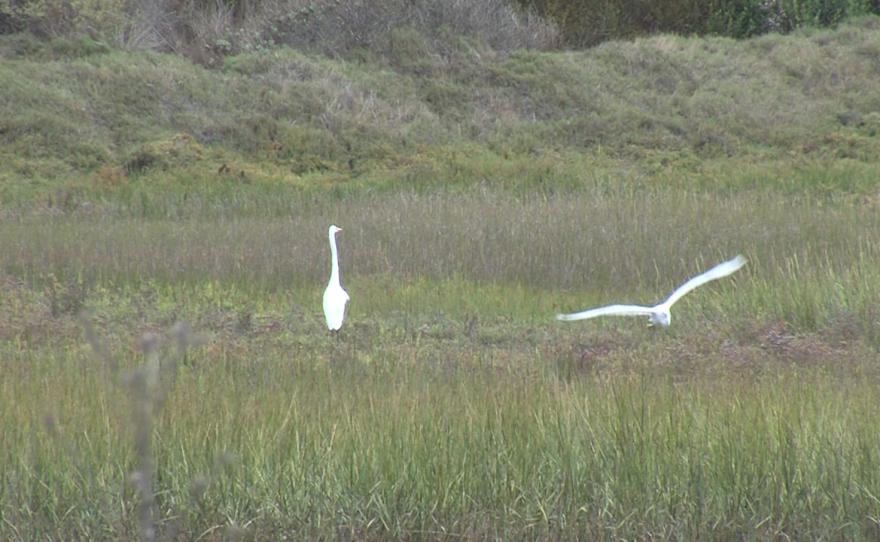
It is the Famosa Slough, and when you stand on its banks, you’re likely to see and hear birds; depending on the time of year, more than 200 different species. It is a place with an abundance of fish and crustaceans, which attract a diverse range of birds that rest and feed here.
“We’ve seen 100 different species so far this year,” said Kelcy Coleman, conservation coordinator for the San Diego Bird Alliance.
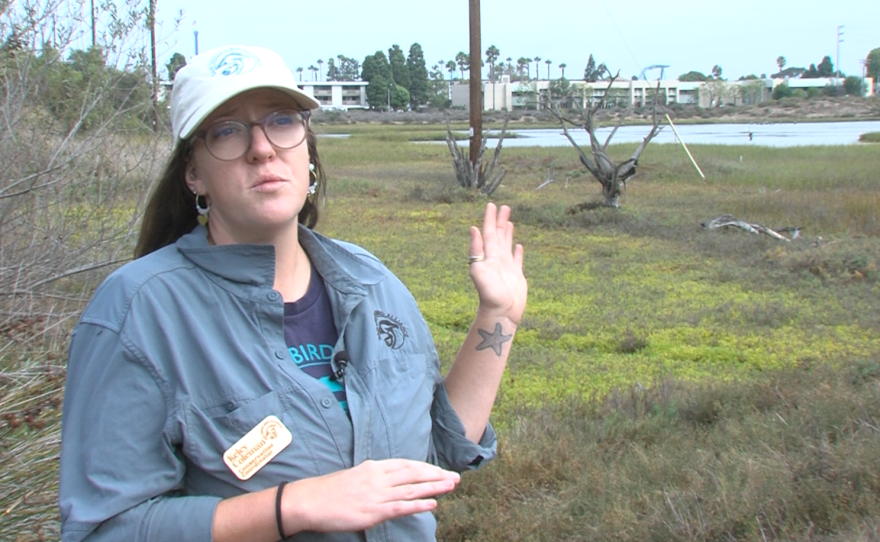
“By the time December ends, we will have doubled that count over," she said. "So we will have around 260 species by the end of the year, which means our fall migration, which is happening right now will bring in all of those species."
From breeding to feeding, the slough is the perfect place for our fine-feathered friends.

“So, the brackish water, which is fresh water meeting saltwater, creates its own kind of habitat, which is very unique and any time there’s a unique habitat, you’re going to see a higher range of birds,” Coleman said.
Her mention of brackish water takes us to a part of the slough where, apart from rainwater, the wetland’s water comes from.
It’s on the north side of West Point Loma Boulevard, the smaller portion of the slough, 12 acres, but critical to its existence. This is where water enters and exits the 25-acre portion twice a day. That water originates at the mouth of the San Diego River.
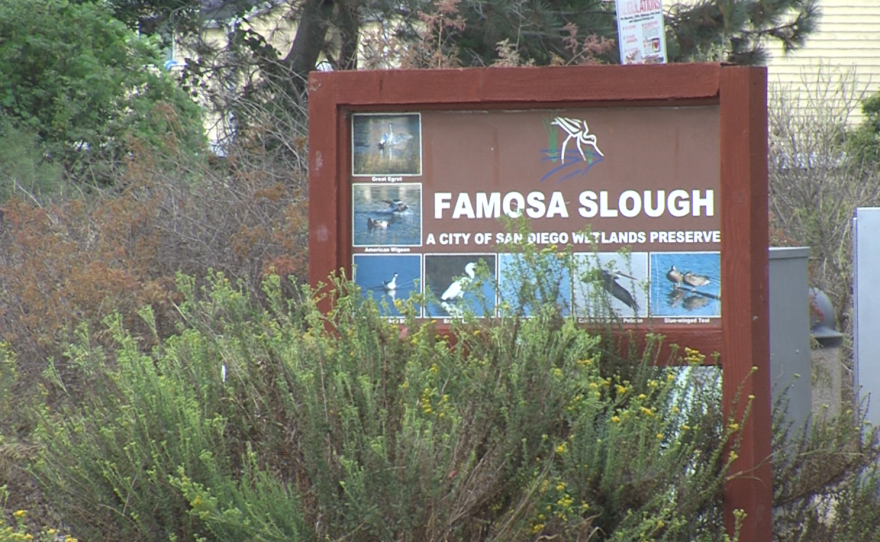
“When the river mouth is seeing a high tide, it will take three hours for the Famosa Slough to see a high tide, so those birds are traveling from the river mouth and other areas over to the slough here to be able to still eat,” she said.
Once upon a time, the area was an estuarine part of Mission Bay; that meeting point of fresh and salt water.
Then came all the development that surrounds the slough — development that was once slated to extend to where the slough is now.
The life and health of the slough depend on many people. One stalwart is Tim Fleming. The slough has been an important part of his life for more than 30 years. He helps lead the group that keeps this place thriving: the Friends of Famosa Slough.
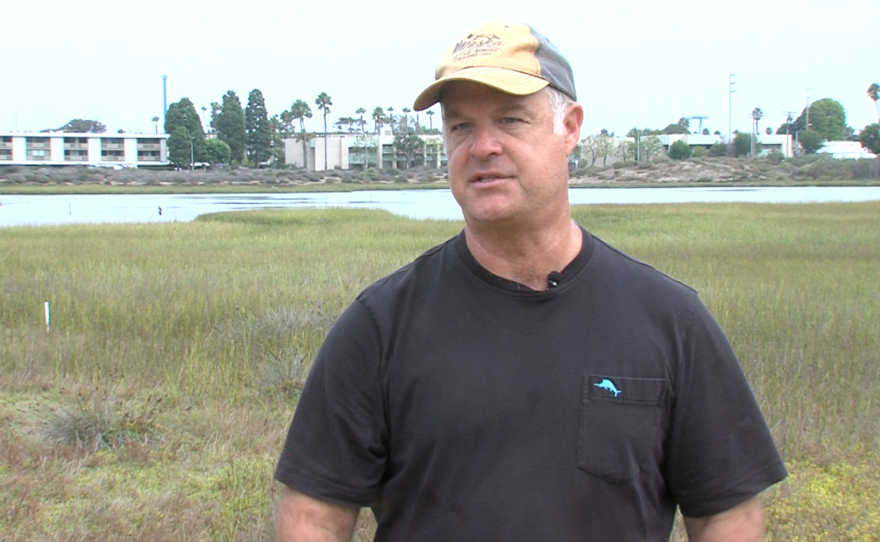
He knows a lot about its history.
“In the '70s, there was a developer that owned the property and had filled in this land, and they had really focused on West Point Loma Boulevard," Fleming said. "In that location, there had been concrete that had been pushed into the slough.”
But in September 1990, the city purchased the slough and the big cleanup began. Fleming said all of the debris was removed, and years later, some of it was actually put to good use.
“We made a pile over there, took it all over there, so now there’s an upland area that we’re working on revegetating," he said. "But by doing that, we scooped out a good bit of what had been fill and made a nesting island.”
More recently, the Friends of Famosa Slough bought the land bordering most of the west side. Volunteers now maintain that land.

Another major project was completed about 25 years ago; the creation of three catch basins, which capture runoff from the surrounding neighborhoods and filter it before it gets into the slough.
Jim Peugh, chair of the Board for the Friends of Famosa Slough, was one of the advocates pushing the city to buy it. You could call him the grandfather of this special place. He’s been working to keep it pristine for more than 35 years.
San Diegans should have a deep appreciation not only for the slough, but for all of this county’s wetlands, Peugh said.
“People really need to have a feeling for how rich they are and how much we need to preserve them,” he said.
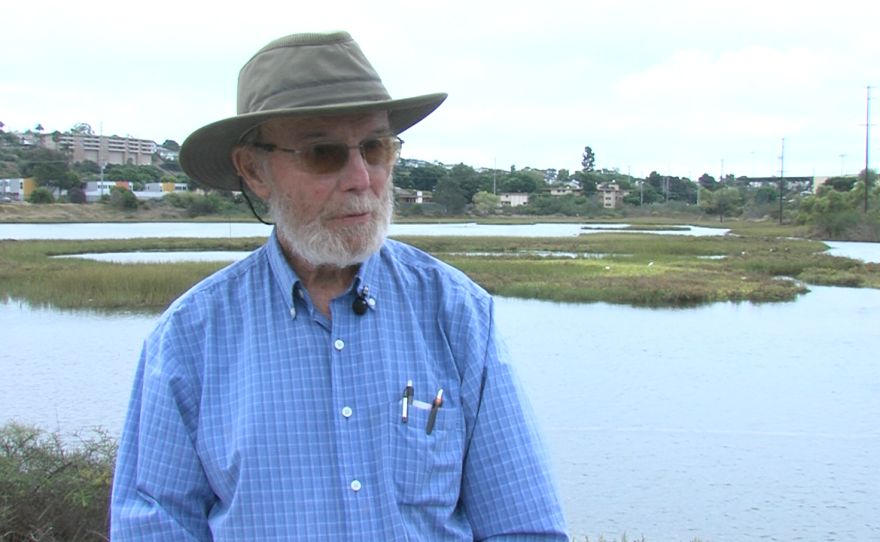
That means getting involved, volunteering to help with the endless job of ridding the slough of invasive species, cleaning up trash and addressing acts of vandalism. For the people who love this place, it also means always looking to the future.
Part of that future is directly connected to the distant past. The Kumeyaay people once used the plants that grow here, like the spiny rush.
Now the Friends of Famosa Slough is working with the Kumeyaay so they can harvest those plants and use them for their ancient purposes. They haven’t harvested the spiny rush yet, but they have taken some bulrush, which they used long ago to make canoes and they’re doing that again today.
Harvesting the plants here is only allowed for the Kumeyaay people.
Because of developments like that, Jim Peugh said he’s optimistic about the slough’s future, with a caveat.
“As long as there’s an active constituency for it, it’ll do really, really well," He said. "(But) it won’t survive, it won’t prosper unless somebody’s watching out for it.”
As of now, there are a lot of committed people watching out for it, folks dedicated to keeping this unique, special place healthy for generations to come.


